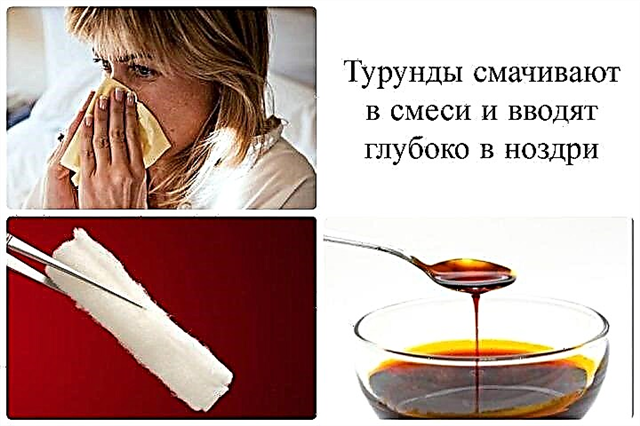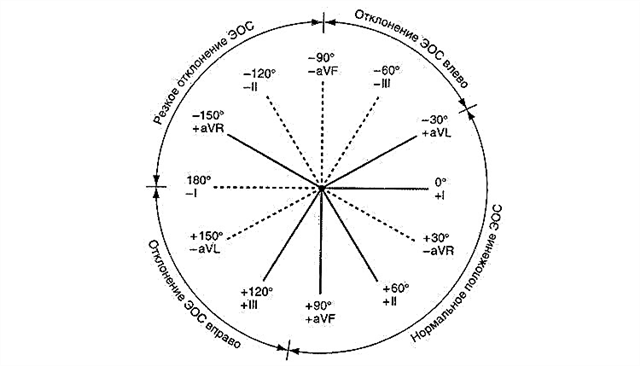Among the physiotherapeutic procedures used for otitis media, warming moist compresses and warming the ear with dry heat have gained wide popularity. This is due to the effectiveness of these measures, as well as the absolute availability of funds used for this. All compresses, depending on the components used, are divided into oil and alcohol.
The presence of alcohol in these procedures is due to its pronounced antiseptic effect and ability to retain heat. On the basis of alcohol, many ear drops have been created, means for external use, used in ENT pathology.
Oil solutions are able to retain heat longer, which makes it possible to use such compresses even at night.
Characteristics of the solutions used

Among the solutions widely used for the preparation of compresses, the most popular are the alcoholic-vodka component, an alcoholic solution of boric acid, as well as camphor alcohol and camphor oil. In addition to disinfecting and antiseptic properties, the active use of these funds is due to their ability to retain heat for a long time, creating the necessary warming effect.
The recommended temperature of the solution used for the procedure is 40-45 degrees.
Therefore, before use, it must be warmed up to the required values. To do this, bottles with solutions can be placed in hot water for a few minutes, the temperature of which is about 50 degrees.
Carrying out the procedure
The duration of the procedure itself may vary, depending on what kind of product is included in the compress. Compress with camphor alcohol on the ear can be applied for 3-4 hours, oil - up to 8 hours. To prolong the effect of alcohol compresses, camphor alcohol should be mixed with warmed camphor or sunflower oil in equal proportions. Technically, all compresses are prepared in the same way. To make a compress on the ear with camphor alcohol, you will need the following components:
- bandage or gauze;
- polyethylene film;
- cotton wool;
- camphor alcohol in a volume of 50-60 ml.
The bandage is folded in several layers, forming a square with a side of 10 cm. A hole for the ear is cut in the center of this napkin. A plastic film is cut out of a similar shape. The step-by-step instructions are as follows:
- To eliminate the irritating effect of camphor alcohol, it is recommended to first apply a protective cream to the skin of the parotid region;
- The prepared gauze napkin must be moistened with heated alcohol, squeezed out, and, after threading the ear, cover the parotid region with it;
- To keep the napkin moist for a long time, it is covered with plastic wrap;
- To enhance the warming effect, a layer of cotton wool is applied on top;
- You can fix the compress on your head with a bandage, scarf or hat.
This is how a compress turns out. Camphor alcohol on the ear can be used in other ways as well. To do this, use a cotton turunda soaked in a heated solution. The method is simpler, but no less effective. It is most common in children. This version of the compress can be used for several hours.
Compress on the ear with camphor oil is prepared in the same way. The only difference lies in the heating component used. However, even using oil that retains heat for a longer time, it is not recommended to leave it overnight.
In the event that the use of the compress is accompanied by a worsening of the condition, increased pain in the ear, burning sensation or itching, the compress must be removed, and the parotid region must be examined. The presence of redness, any rashes in this area indicates the development of an allergic reaction. Remains of the solution should be blotted with a soft cloth; excess oil should be removed with warm water. You should consult your doctor about this situation.
Contraindications
Various medicines, herbal decoctions, oil can be used as a warming component. However, whichever component is chosen for these purposes, the indications for the procedure are always the same. The greatest use of warming compresses was obtained for catarrhal otitis media of the middle ear. It is during this period, thanks to the activation of defense mechanisms, that the disease can regress.
A purulent course of otitis media is an absolute contraindication for carrying out any thermal procedures, including compresses.
You can determine purulent otitis media by the existing suppuration. However, this symptom is very informative, but not necessary. In some cases, suppuration can be carried out not through the injured tympanic membrane, but through the auditory tube.
Clarification of the diagnosis can be facilitated by instrumental diagnostics carried out by an otolaryngologist. Otherwise, there is a risk of developing severe complications, when, due to the thermal effect and anatomical proximity, purulent exudate spreads to the structures of the skull and the lining of the brain.
In addition, camphor-based preparations are powerful allergens, and therefore, their use should be limited in patients prone to developing such reactions. Compared with other means used for the preparation of compresses, camphor alcohol and oil have a pronounced irritant effect.
The use of these procedures is contraindicated if the patient has a wound surface in the parotid region, psoriatic lesions or other changes in the skin.
With a pronounced warming effect, this procedure increases the patient's body temperature. Inflammation of the ear is also accompanied by the development of hyperthermia. Consequently, applying compresses carries the risk of further increases in temperature. The use of compresses at temperatures over 37.3 degrees is unacceptable.
Carrying out the procedure in children
In children, due to the peculiarities of the structure of the organ of hearing, an imperfect immune system, the transformation of catarrhal otitis media into purulent can take only a few hours. Despite the fact that quite often the disease is characterized by a sluggish course, in some patients it can have a fulminant form. All this leads to the extreme danger of carrying out warming procedures in children, even in the very initial period of the disease.
For children under 5 years old, wet compresses are not used in children.
 It is possible to use a dry compress, where not additional heat is used, but the preservation of its own thermal regime is ensured.
It is possible to use a dry compress, where not additional heat is used, but the preservation of its own thermal regime is ensured.
The use of any procedures should be not only effective and promote a speedy recovery, but also safe. To do this, their appointment must always be agreed with a specialist. In the case of ear inflammation, this is especially important, since it is possible to clarify the diagnosis and prescribe the correct treatment only by performing an otoscopy and examining the tympanic membrane.



